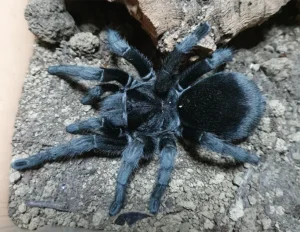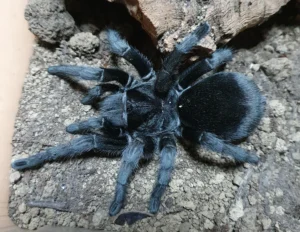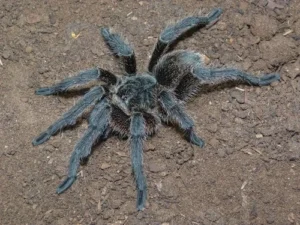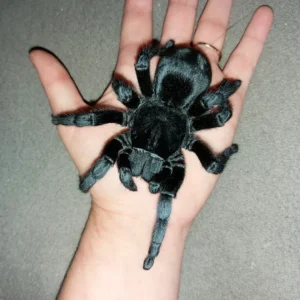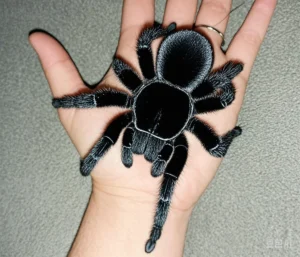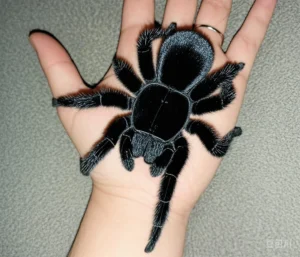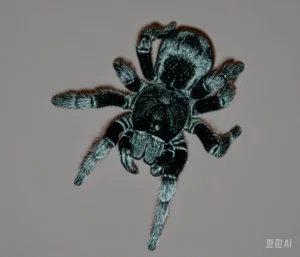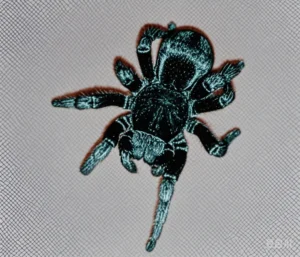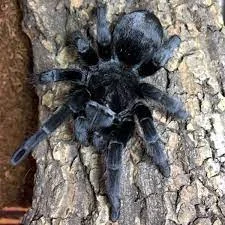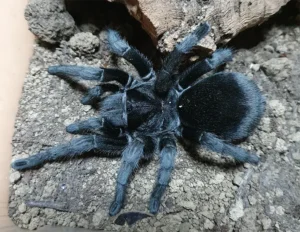Historical Accounts of Grammostola pulchra: Early Naturalists’ Observations
The journey of Grammostola pulchra from a relatively unknown arachnid in South America to a prized species in the global pet trade is intertwined with the observations of early naturalists and taxonomists. While detailed historical accounts specifically focusing *only* on G. pulchra might be sparse compared to medically significant or more geographically widespread species, we can piece together its history through taxonomic records and general accounts of South American fauna.
Early Descriptions & Taxonomy
Grammostola pulchra was first scientifically described by Cândido Firmino de Mello-Leitão, a prominent Brazilian zoologist, in 19His work significantly contributed to the knowledge of Brazilian arachnids. The specific name “pulchra” is Latin for “beautiful,” aptly describing the spider’s velvety black appearance.
Early taxonomic work focused on morphological characteristics – physical features like the shape of the carapace, leg structure, spermathecae in females, and palpal bulbs in males – to differentiate it from other related species within the large Grammostola genus. Establishing the precise range and distinguishing features from similar spiders like potential *Grammostola* variants in neighboring regions was a key challenge for early arachnologists.
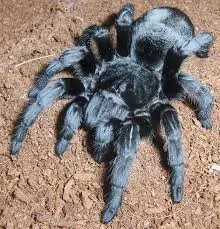
Field Observations
Early naturalists exploring southern Brazil and Uruguay likely encountered these large, dark tarantulas. Their notes might have included observations on habitat (grasslands, scrublands), behavior (burrowing, docile nature unless provoked), and perhaps interactions with local human populations. However, tarantulas were often overlooked or simply noted as large ground spiders unless they possessed striking colors or were perceived as dangerous.
Accounts might describe their presence near cattle pastures or within subterranean burrows, often revealed during agricultural activities. These early observations, though perhaps not species-specific in all cases, helped build a picture of the typical environment for theraphosids in the region.
The relatively calm temperament noted even in early observations likely contributed to its eventual popularity once the tarantula hobby began to grow.
Impact on the Hobby
While not among the very first tarantulas to enter the pet trade (species like *Brachypelma smithi* or *Grammostola rosea* were earlier pioneers), G. pulchra gained significant traction from the late 20th century onwards. Its size, solid black color, and reputation for being handleable (though handling is generally discouraged for the spider’s safety) made it highly desirable.
Early hobbyist literature and importer lists started featuring G. pulchra more prominently, often highlighting its beauty and manageable care requirements compared to more aggressive or sensitive species. The [history of tarantula keeping](https://www.lopehare.com/tarantula-pet-care/) saw a surge in interest for visually appealing and behaviorally predictable species like the Brazilian Black.
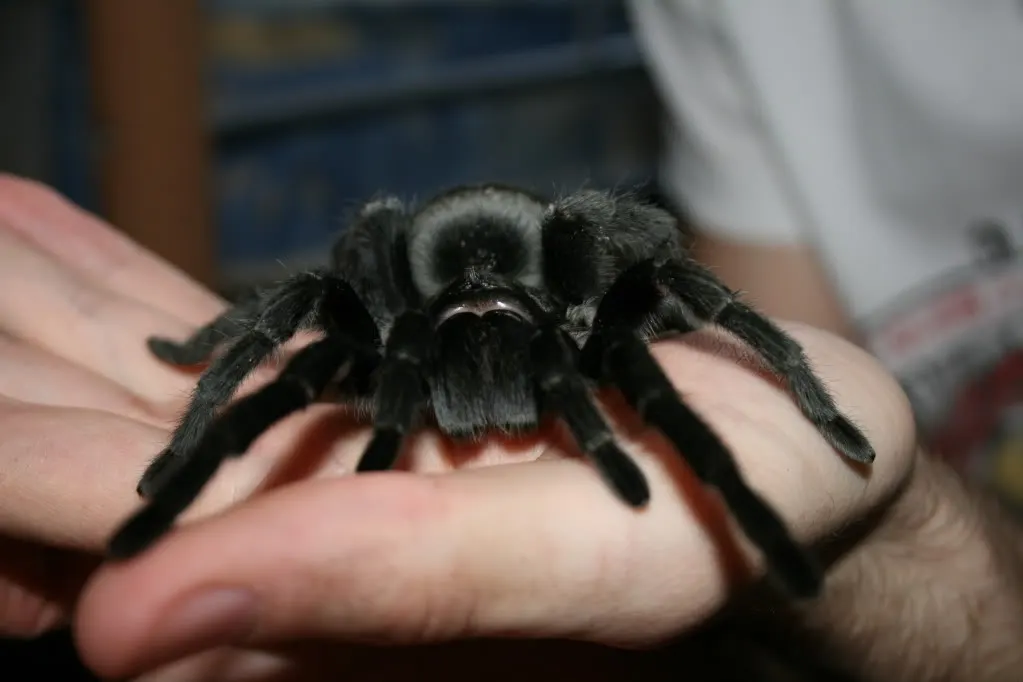
Evolving Understanding
Our understanding of G. pulchra continues to evolve. Modern studies incorporate genetic analysis alongside morphology to clarify its relationship with other Grammostola species. Observations by contemporary keepers and researchers refine knowledge about its specific husbandry needs, lifespan, and reproductive behavior.
From Mello-Leitão’s initial description based on morphology to today’s appreciation in the hobby backed by growing husbandry knowledge, the historical journey of Grammostola pulchra reflects the broader development of arachnology and the tarantula keeping hobby.
References:
- Mello-Leitão, C. F. de. (1921). On the genus Grammostola, Simon. *Annals and Magazine of Natural History*, (9) 7: 293-305. (Conceptual reference to original description)
- General information on the history of arachnology and the pet trade.

